39 what are trans fats called on labels
7 Foods That Still Contain Trans Fats - Healthline Trans fats are a form of unsaturated fat, which can be classified as either natural or artificial. Natural trans fats are formed by bacteria in the stomachs of cattle, sheep, and goats. Beef, lamb,... › consumers › consumer-updatesConsumer Updates | FDA - U.S. Food and Drug Administration Jul 28, 2022 · The site is secure. The https:// ensures that you are connecting to the official website and that any information you provide is encrypted and transmitted securely.
Understanding Nutrition Facts on Food Labels - WebMD Eating too many trans fats raises the cholesterol level in the blood. Polyunsaturated fat comes from many plant foods, nuts, seeds, some plant oils (sunflower, corn, soybean), some seafood...
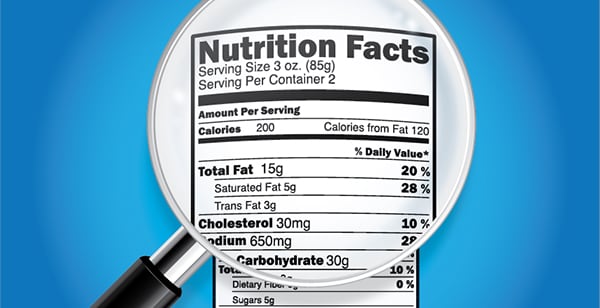
What are trans fats called on labels
22 Foods High in Trans Fat You Should Avoid | New Health Advisor Trans fats are a type of fat, mostly present in fast food and processed foods of all kinds, that's known for being bad for your health. While there are natural foods that include trans fats, such as red meat and some types of dairy, it's most commonly found in fried foods, baked goods, fast food and a good number of processed foods. Understanding the FDA's Trans Fat Label Requirements Naturally occurring trans fat is made in the gut of some animals, resulting in a small amount of trans fat in dairy and meat products. Artificial trans fats are a type of fat that is made in a laboratory through a processes called partial hydrogenation. Hydrogen is added to oils to make them more solid. Why are trans fats in food? What Are Trans Fats, and Are They Bad for You? - Healthline Trans fats, or trans-fatty acids, are a form of unsaturated fat. They come in both natural and artificial forms. Natural, or ruminant, trans fats occur in the meat and dairy from ruminant animals,...
What are trans fats called on labels. Trans fat - Wikipedia Trans fat Margarine, which often contains artificial trans fat in places that have not banned trans fat Types of fats in food Saturated fat Unsaturated fat Monounsaturated fat ω−7 ω−9 Polyunsaturated fat ω−3 ω−6 Trans fat Interesterified fat See also Fatty acid Essential fatty acid Conditionally essential fatty acid Triglyceride Cholesterol v t e Trans Fats: The Truth in Labeling | Atkins The only- repeat, only- way to tell whether a product contains trans fats is to read the list of ingredients. If you see the words "partially hydrogenated" there, the product contains trans fats. There are no exceptions. Any product that has partially hydrogenated oil as an ingredient contains trans fats, regardless of what the label hype says. Trans Fat | FDA - U.S. Food and Drug Administration Most of the trans fat in the foods we eat is formed through a manufacturing process that adds hydrogen to vegetable oil, which converts the liquid into a solid fat at room temperature. This process... Small Entity Compliance Guide: Trans Fatty Acids in Nutrition Labeling ... Trans fatty acids should be listed as " Trans fat" or " Trans " on a separate line under the listing of saturated fat in the nutrition label. Trans fat content must be expressed as grams per...
What are "trans-fats?" - USDA Trans fat is a specific type of fat that is formed when liquid oils are turned into solid fats, such as shortening or stick margarine. During this process called 'hydrogenation', hydrogen is added to vegetable oil to increase the shelf life and flavor stability of foods. medlineplus.gov › ency › patientinstructionsDietary fats explained: MedlinePlus Medical Encyclopedia Jul 13, 2020 · Trans fatty acids are unhealthy fats that form when vegetable oil goes through a process called hydrogenation. This leads the fat to harden and become solid at room temperature. Hydrogenated fats, or "trans fats," are often used to keep some foods fresh for a long time. Trans fats are also used for cooking in some restaurants. Trans Fat and Menu Labeling Legislation - National Conference of State ... IL HB 1297 (2007, proposed) - Would create the Trans Fat Disclosure Act that would provide that a restaurant or similar retail food establishment must mark any food containing 0.5 grams or more of trans fat with a label on its menu stating that the food contains trans fat. Would provide that this requirement applies only to restaurants and ... Fat Content on Food Labels - Reading Between the Lines The Mayo Foundation continued, "Still, you may be able to tell if a product contains trans fat, even if it's not directly listed on the food label. Look for the words ' hydrogenated ' or 'partially hydrogenated' in the list of ingredients. These terms indicate that the product contains trans fat.
Trans fat is double trouble for heart health - Mayo Clinic Unlike other dietary fats, trans fats — also called trans-fatty acids — raise "bad" cholesterol and also lowers "good" cholesterol. A diet laden with trans fats increases the risk of heart disease, the leading killer of adults. The more trans fats eaten, the greater the risk of heart and blood vessel disease. Nutrition: Trans fat - World Health Organization Trans fat, or trans-fatty acids, are unsaturated fatty acids that come from either natural or industrial sources. Naturally-occurring trans fat come from ruminants (cows and sheep). ... While including trans fat levels on labels is important, health claims such as "trans fat free" should not be allowed unless other specific food criteria ... Trans Fats | American Heart Association Artificial trans fats (or trans fatty acids) are created in an industrial process that adds hydrogen to liquid vegetable oils to make them more solid. The primary dietary source for trans fats in processed food is "partially hydrogenated oils." Look for them on the ingredient list on food packages. What Are Trans Fats? Food Sources, Decoding Labels - WebMD If the Nutrition Facts label says the product has "0 g trans fat," that doesn't necessarily mean it has no trans fats. It could have up to half a gram of trans fats per serving. It could have up ...
en.wikipedia.org › wiki › Fatty_acidFatty acid - Wikipedia Cis unsaturated fatty acids, however, increase cellular membrane fluidity, whereas trans unsaturated fatty acids do not. trans A trans configuration, by contrast, means that the adjacent two hydrogen atoms lie on opposite sides of the chain. As a result, they do not cause the chain to bend much, and their shape is similar to straight saturated ...
› article › 546145-advantagesAll About Dietary Fats and Why Your Diet Needs Them Sep 13, 2021 · Saturated fats: Saturated fats are solid at room temperature. Although experts long thought that saturated fat increased the risk for heart disease, a June 2018 study in the BMJ highlights the lack of evidence that concludes saturated fat increases the risk of heart disease — on the flip side, there's more solid evidence that replacing saturated fat with polyunsaturated fat can reduce the ...
Trans Fat on Food Labels: Now You See It, Now You Don't - MedicineNet That's because newly implemented U.S. Food and Drug Administration rules on labeling allow foods with less than 0.5 grams of trans fats per serving to claim "zero" grams of trans fats on their labels. Under these guidelines, which went into effect on Jan. 1, a food with 0.4 grams of trans fats can be listed as having zero trans fats.
Food Labels: Fat & Cholesterol | Home & Garden Information Center The 2015 Dietary Guidelines for Americans recommends the following intakes of fat and cholesterol every day: total fat—20 to 35% of calories, depending on age and gender (65 grams for the 2,000-calorie intake level used in the Daily Value)*. saturated fat—less than 10% of calories**. trans fat— keep as low as possible.
Trans Fats: The Science and the Risks - WebMD Trans fatty acids or trans fats are formed when manufacturers turn liquid oils into solid fats. Think shortening and hard margarine. Manufacturers create trans fats via a process called...
What Are Trans Fats, and Are They Bad for You? - Healthline Trans fats, or trans-fatty acids, are a form of unsaturated fat. They come in both natural and artificial forms. Natural, or ruminant, trans fats occur in the meat and dairy from ruminant animals,...
Understanding the FDA's Trans Fat Label Requirements Naturally occurring trans fat is made in the gut of some animals, resulting in a small amount of trans fat in dairy and meat products. Artificial trans fats are a type of fat that is made in a laboratory through a processes called partial hydrogenation. Hydrogen is added to oils to make them more solid. Why are trans fats in food?
22 Foods High in Trans Fat You Should Avoid | New Health Advisor Trans fats are a type of fat, mostly present in fast food and processed foods of all kinds, that's known for being bad for your health. While there are natural foods that include trans fats, such as red meat and some types of dairy, it's most commonly found in fried foods, baked goods, fast food and a good number of processed foods.


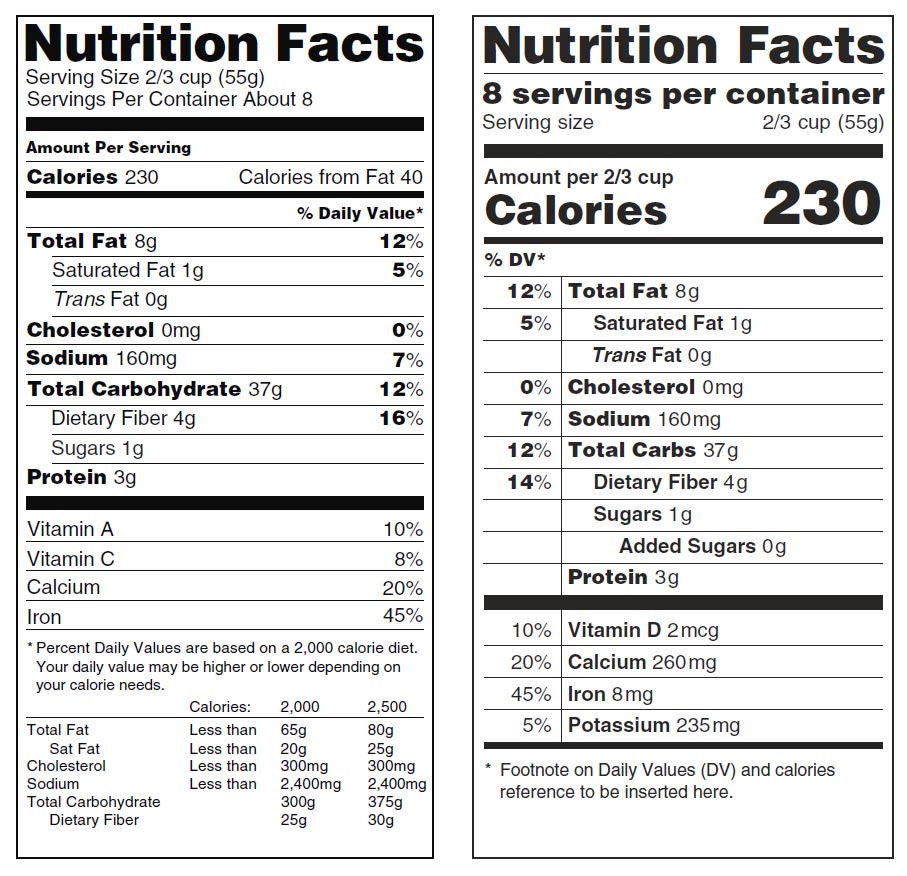


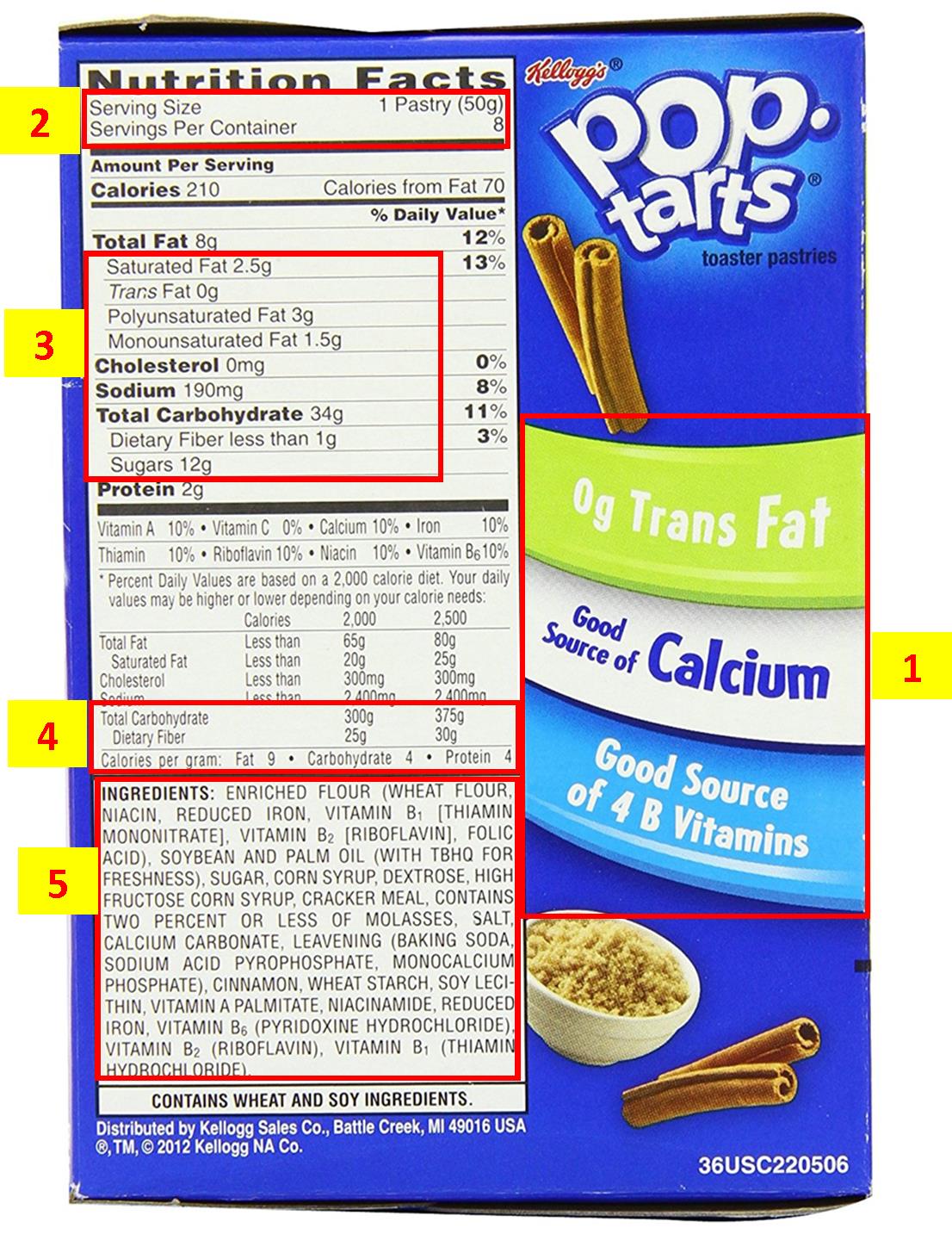

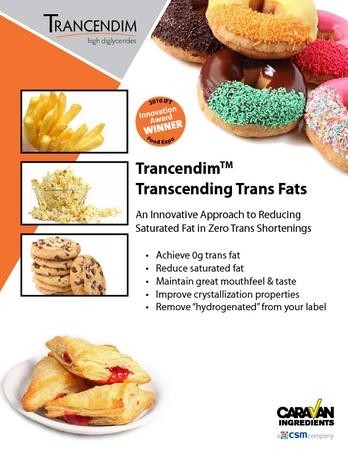






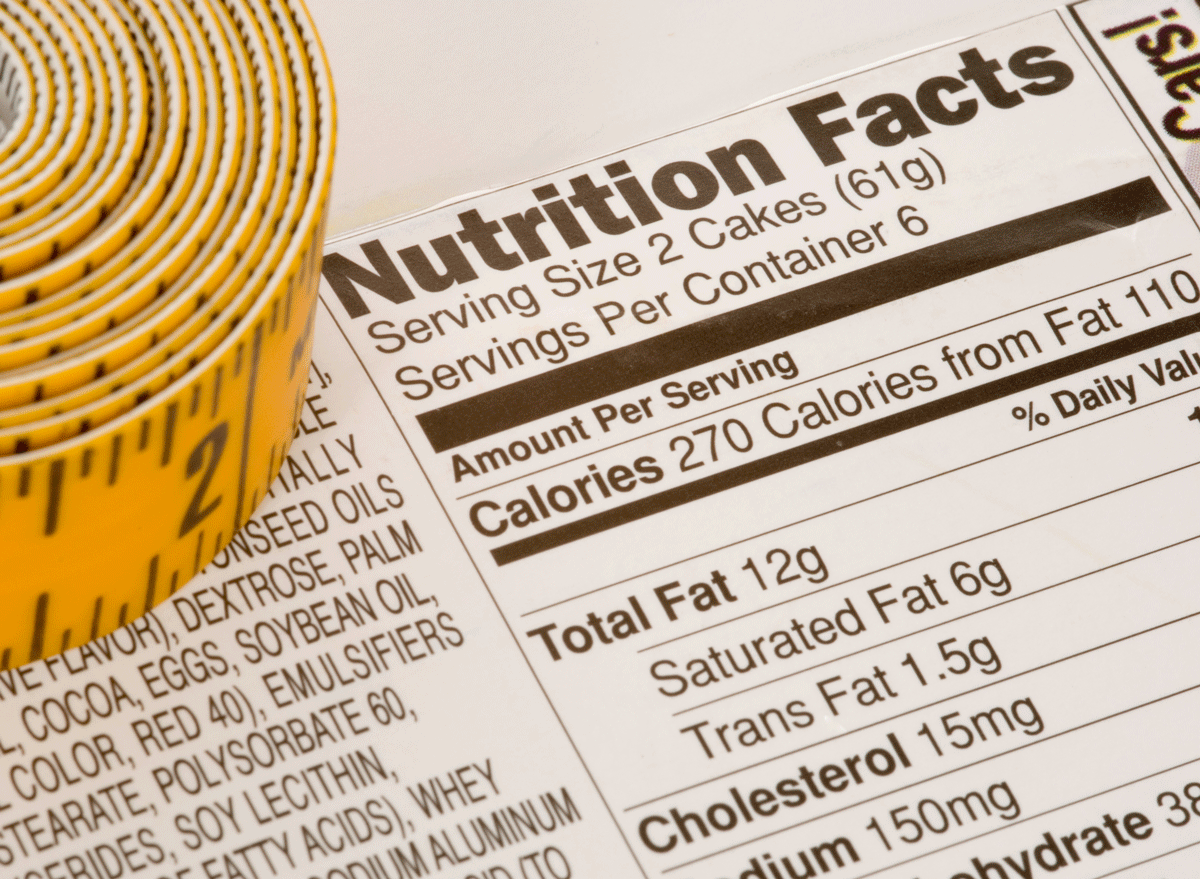
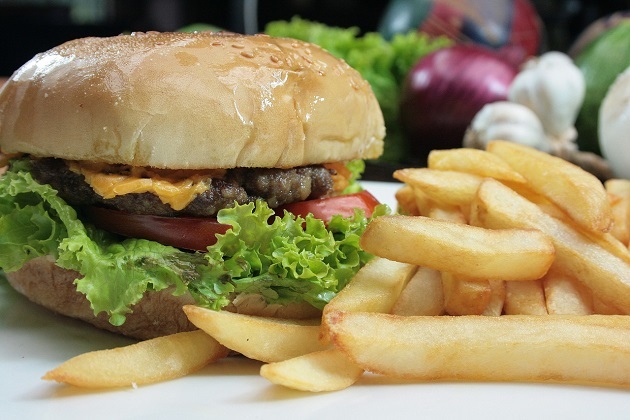



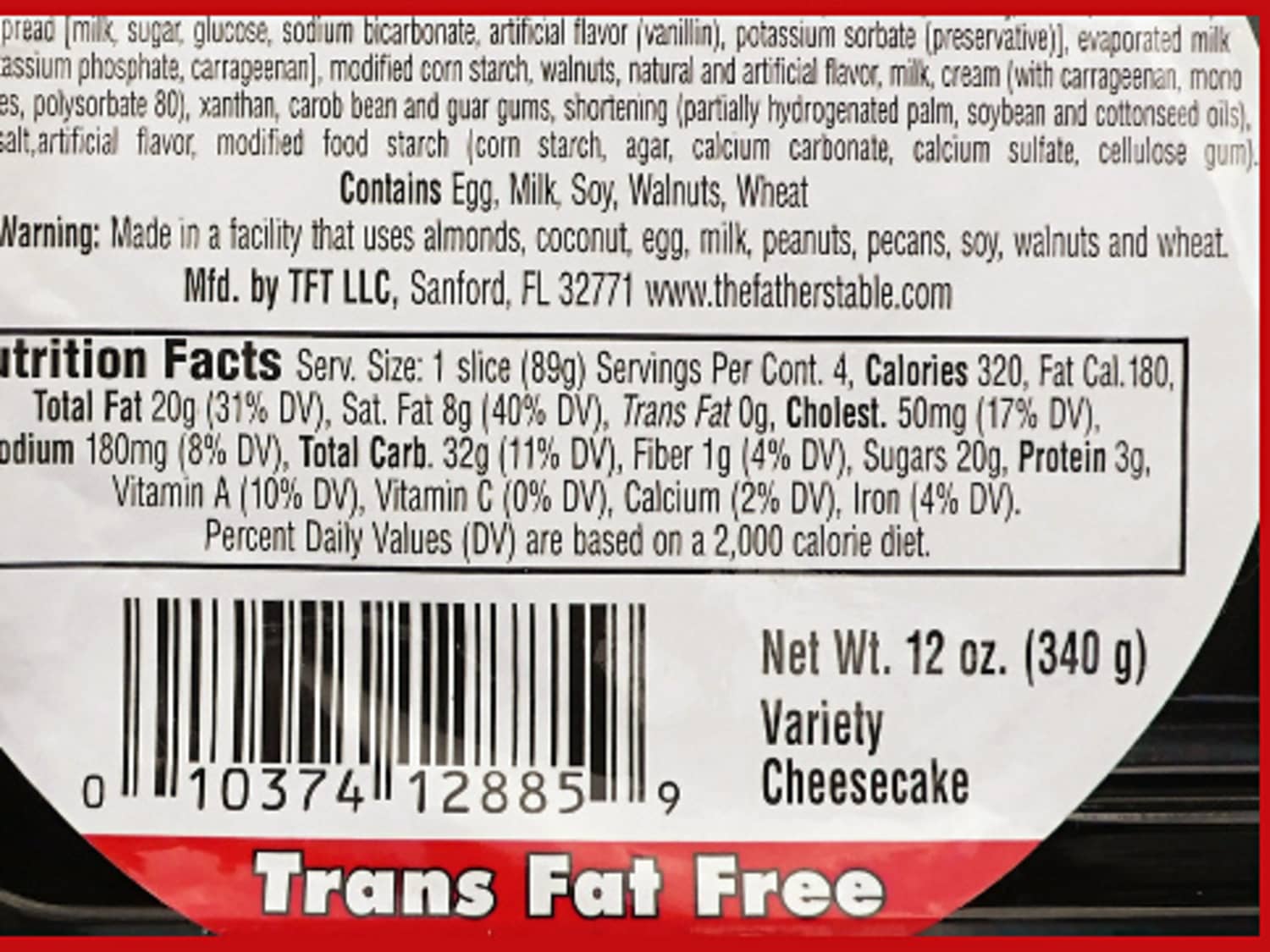

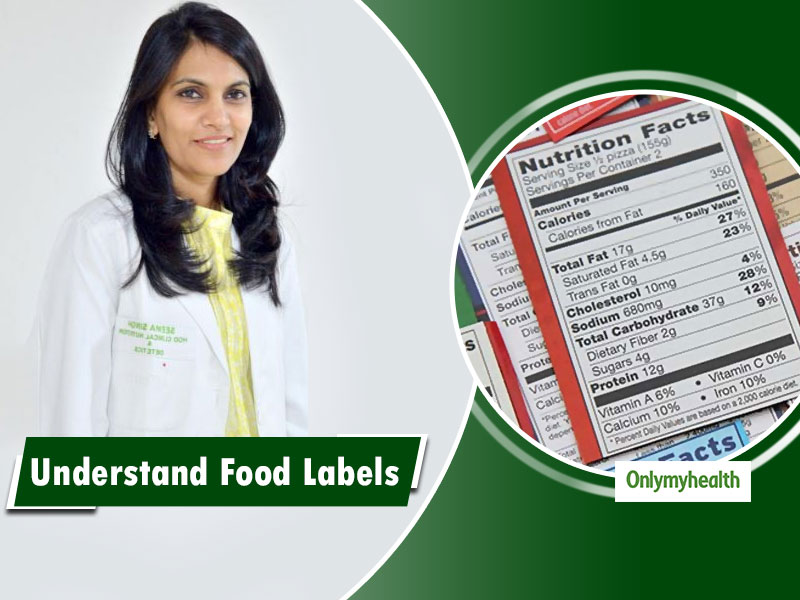
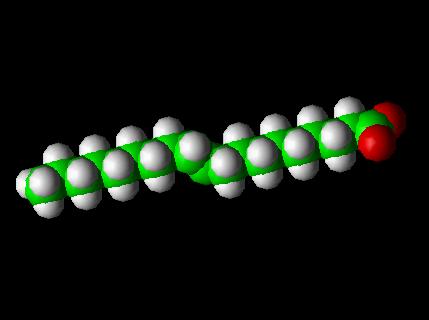






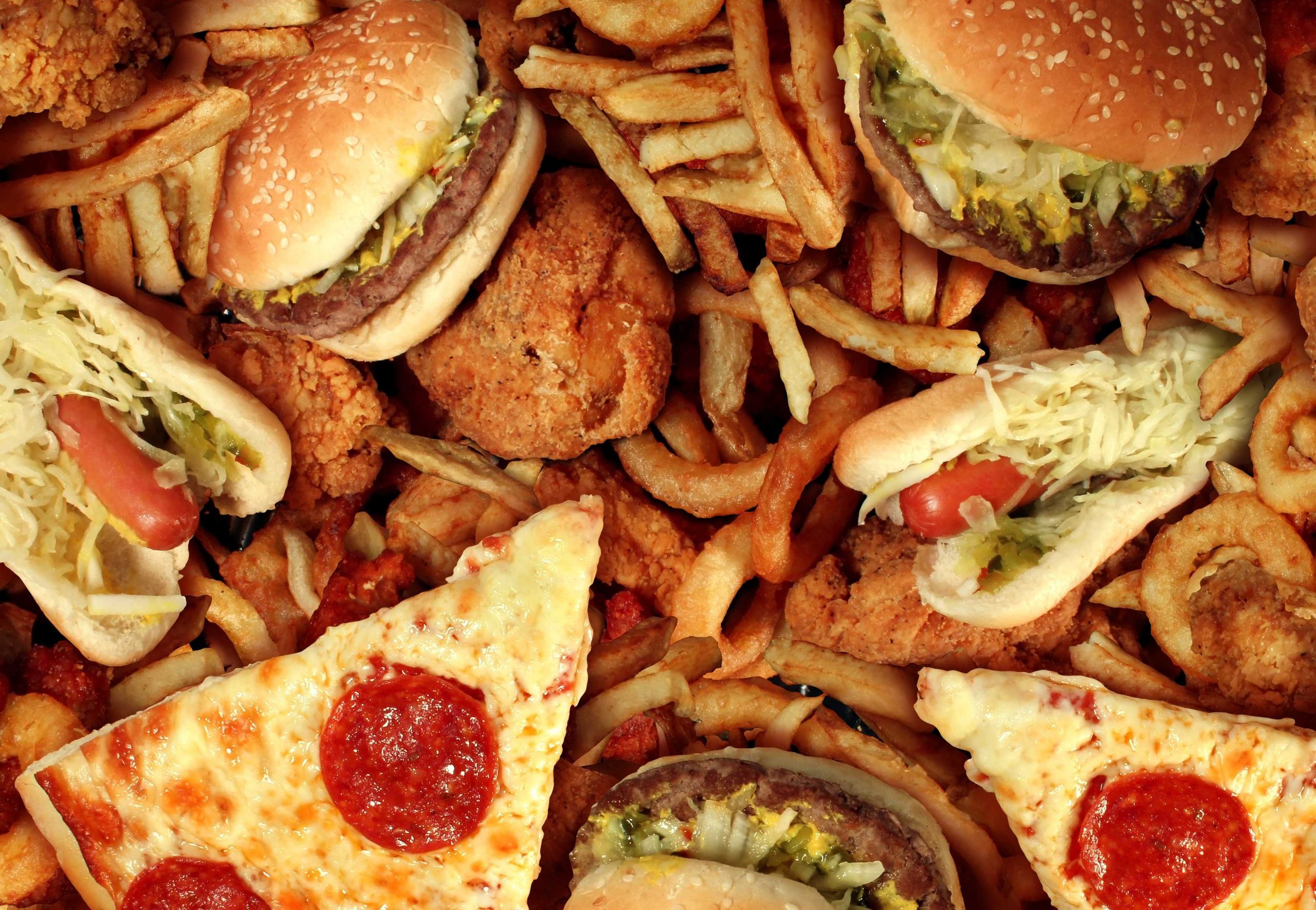
Post a Comment for "39 what are trans fats called on labels"